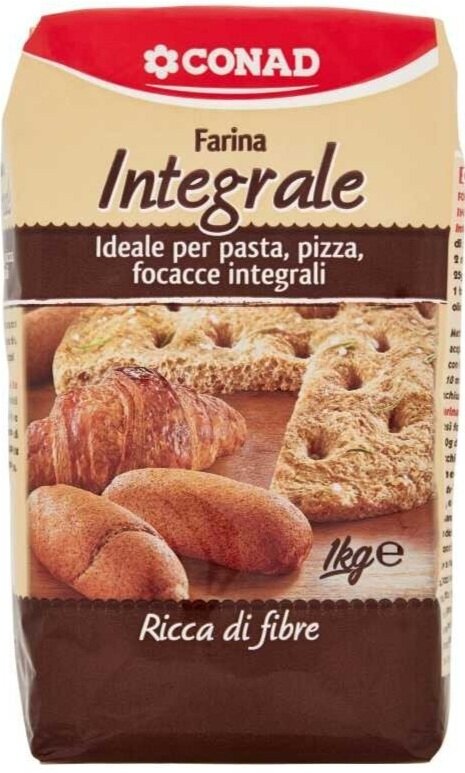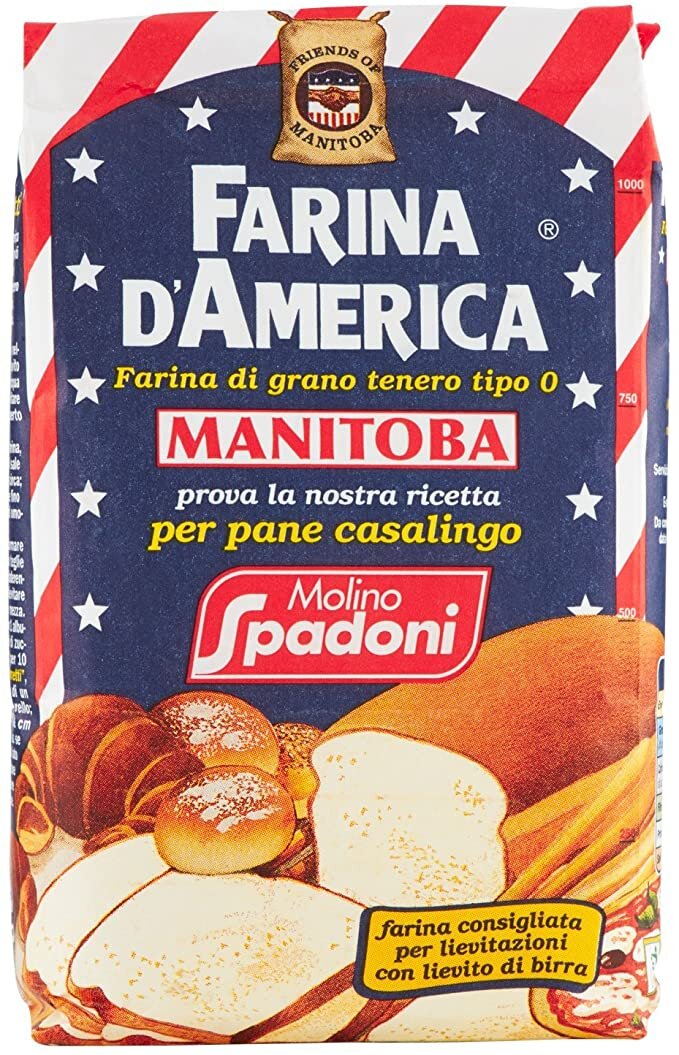Guide to Italian Flours
Much of Italian cooking is rooted in simplicity. Each ingredient and flavor serves a specific purpose, and for this reason, quality is of the utmost importance. Especially when it comes to something like fresh pasta - it’s all in the ingredients and technique. There’s nothing to hide behind, so choosing the correct type of flour (and eggs) can make or break the texture and taste of your finished product.
It’s important to understand the Italian flour categorization system, especially when outside of Italy, so you can best choose a substitute.
In Italy, flour is categorized based on the ash content - basically how refined the flour is. The higher the ash content, the more germ and bran left in a flour, and the less refined it is.
Flour is also categorized as grano duro (also listed as semola flour) and grano tenero (a softer type of wheat). Grano duro is slightly yellow, more granular, and more commonly used for pasta and some breads in the south of Italy. It's also knows as durum wheat flour. Grano tenero is generally what we think of as white flour, and is more broadly used in bread, pizza, and pastry, and northern pasta doughs.
————————————————————————
Flours made from grano tenero are classified in the following way. Note that the lower the number, the softer and finer the flour. The higher the number, the more coarse the grain - going up all the way to whole wheat:
00 - the most refined flour. Some people use all-purpose flour when they see 00 in an Italian recipe, and while this works just fine for pasta making, when it comes to pastry, I've found that sometimes 00 is just too soft. I would liken it to cake or pastry flour, and so I use it sometimes (but not always) in place of all-purpose flour. It is, however, the universal go-to flour for egg pasta dough.
0 - slightly stronger than 00 flour, and slightly less refined. You can use all-purpose flour when you see 0. Like 00 flour, 0 flour is made using a modern steel grinding system.
1 - even coarser and a bit darker than Type 0. I rarely need to use this type of flour for home baking, but I would liken it to what is sold as high gluten flour in the U.S. It is stone ground, and includes more bran and wheat germ.
2 - even coarser and darker still. I've never used Type 2 flour, and don't always see it in grocery stores. It can be considered a light or semi-whole wheat.
Integrale - whole wheat flour.
Manitoba - This kind of grain can be milled into either a 0 or 00 strengthened flour. It's a different type of wheat, like those grown in Canada and the United States, and has a higher protein content. I use this for recipes that call for bread flour. Sometimes, varieties of Manitoba can be found milled at special strengths, and marked for specific purposes, such as pizza or other baked goods.
Flours made from grano duro are marked as semola. You can find semola, semola di grano duro rimacinata, and integrale.
A lot of pasta recipes will call for the semola rimacinata, which is twiced-milled. I have found many Italian-language recipes which prefer the less-refined semola flour for pasta specifically, due to the texture and deeper color. Still, I would say either one can be used with success.






